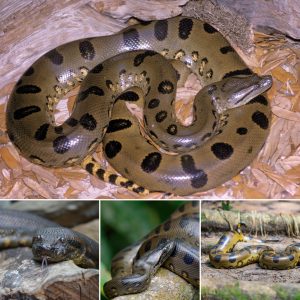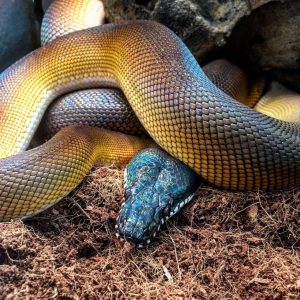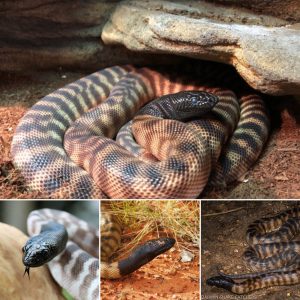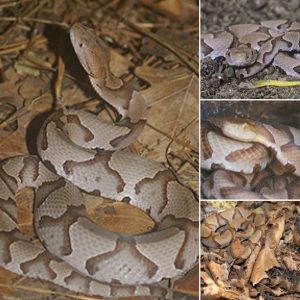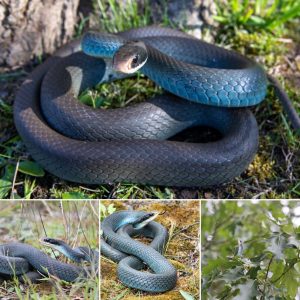Snakes are masters of disguise, skilled hunters, and champion eaters. Here are eight awesome things you may not have known about these carnivorous reptiles.
THEY CAN SMELL WITH THEIR TONGUES.

Please be respectful of copyright. Unauthorized use is prohibited.
Photograph by Anthonyata, Dreamstime
A snake uses its tongue to help it smell. It flicks its long, forked tongue to pick up chemical molecules from the air, ground, or water. The tongue carries the smelly molecules back to two small openings in the roof of the snake’s mouth where they’re analyzed. Mmmm, lunch!
THEY CAN “SEE” HEAT.

Please be respectful of copyright. Unauthorized use is prohibited.
Photograph by Mgkuijpers, Dreamstime
Some snakes—such as pythons, rattlesnakes, and copperheads—can’t see well and use other senses to find prey. These creatures have openings called pit holes in front of their eyes. These pits sense the heat given off by warm-blooded prey. The snakes’ heat vision allows the vipers to track prey day or night.
THEIR VENOM CAN KILL AND CURE.

Please be respectful of copyright. Unauthorized use is prohibited.
Photograph by Mgkuijpers, Dreamstime
By sinking two hollow, pointy fangs into their prey, many snakes inject venom to paralyze or kill victims before devouring them. But scientists have also discovered that the same poison that causes awful symptoms—and even death—in people who have been bitten by a venomous snake can be turned into medicines.
SOME SPECIES CAN FLY.

Please be respectful of copyright. Unauthorized use is prohibited.
Photograph by Ognjeno, Dreamstime
Flying snakes flatten their ribs into a concave C shape to trap air under their bodies as they fall. By undulating back and forth in an S-shape, they can actually glide through the air.
THEY CAN CHANGE THEIR SKIN.

Please be respectful of copyright. Unauthorized use is prohibited.
Photograph by Dmitry Maslov, Dreamstime
Snakes literally grow out of their skin. Every few months, most start rubbing against the ground or tree branches. Starting at the mouth, a snake slithers out of its too-tight skin. Like a sock, the skin comes off inside out. Voilà—the snake has a fresh, shiny look. Nice makeover.
THEY “HEAR” WITH THEIR JAW.

Please be respectful of copyright. Unauthorized use is prohibited.
Photograph by HUGNOI, DREAMSTIME
Snakes don’t have external ears to hear sound waves in the air. Instead, bones in their lower jaw pick up vibrations in the ground or water. The vibes trigger signals in the snakes’ brains, which are received as messages. “Juicy mouse coming closer!”
THERE ARE A LOT TO LOVE.

Please be respectful of copyright. Unauthorized use is prohibited.
Photograph by Isselee, Dreamstime
More than 2,500 species of snakes slither around the world.
THEY ARE SPEEDY.

Please be respectful of copyright. Unauthorized use is prohibited.
Photograph by Robin Winkelman, Dreamstime
The black mamba snake slithers up to 7 miles per hour (11 kilometers per hour)!
